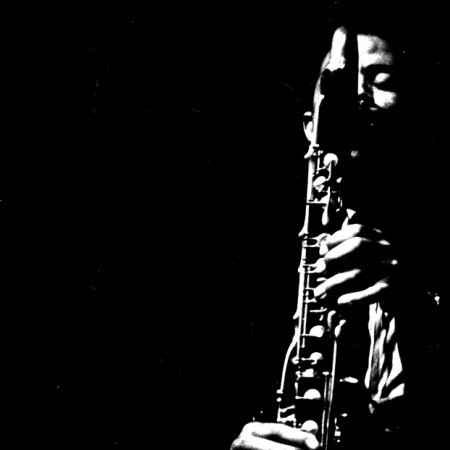
Eric Dolphy (1928–1964)
(Photo: DownBeat Archives)The great promise residing in at least two of the “miscellaneous” woodwinds was best represented in the work of Eric Dolphy. The value of Dolphy’s contribution to jazz in the few years of his activity has been — and no doubt will continue to be — chronicled at length. But his role as a major force in the changing scene of the ’60s cannot be separated from his importance as a player of instruments that never before had been used in jazz with such intensely personal qualities.
His most startling activities, apart from his alto saxophone playing, until his death [on June 29, 1964], were centered around the bass clarinet. In retrospect, it is amazing that the instrument had been so little exploited before Dolphy. Like the small B-flat clarinet, the bass instrument has a potential range of more than three octaves. But this range is more theoretical than actual.
The separation between the bottom (chalumeau) register and the middle register, which is fingered the same (with the addition of a “speaker key”) but is a 12th higher, is considerably restricting. So much so, in fact, that the instrument rarely is called upon to use its full range.
This problem did not restrict Dolphy at all. By 1961 or 1962, when he had gained virtuosic control of the instrument, he was ranging not only throughout its complete breadth, but in and out of harmonic overtone extensions as well. Another characteristic, perhaps more apparent on alto saxophone, but just as startling on bass clarinet, was his continuing perfection of a speechlike vocabulary of sounds. In Dolphy’s hands, the bass clarinet was never an awkward instrument; it possessed, instead, a serpentine aliveness that literally coiled with vitality.
Dolphy’s flute playing did not contain — for me — the pithy aliveness that was such a part of his alto saxophone and bass clarinet playing. It is probably accurate to say Dolphy’s special skills were circumscribed by single-reed instruments. That is, his screamlike glissandos, the crisply articulated speech passages and the blinding bursts of smeared notes were devices best expressed by single reeds. Their translation to the flute — a reedless instrument that requires a totally different method of sound production — required new technical devices and procedures.
Dolphy’s splendid musical instincts provided him with a flute style that was as uncharacteristic of what one usually expects from the instrument, as was his bass clarinet style. But it did seem to be a consistent enough style for the instrument; his performances ranged from astonishing inventiveness to technical exercise. There can be little doubt, however, that Dolphy was finding an original viewpoint on flute. That he came as far as he did toward this goal while performing brilliantly on two other instruments only serves to underline the great void his death has left. DB